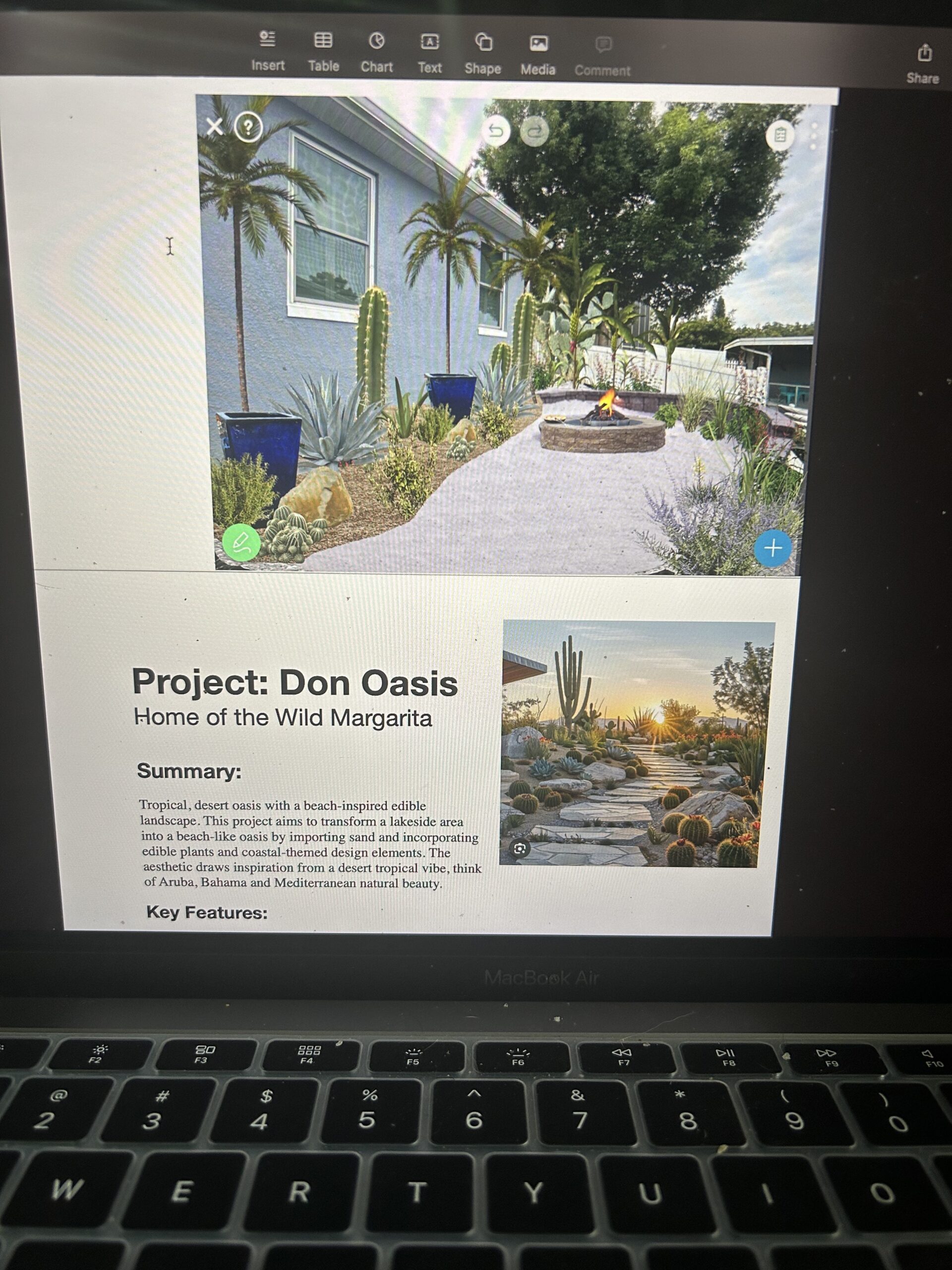Creating a thriving food forest requires thoughtful planning and preparation. By setting the right foundation, you can ensure that your food forest will flourish. Here’s a step-by-step guide to help you prepare your site for a successful food forest.
1. Assess Your Site
Before diving into planting, start by evaluating your site. Understanding what you have will guide your next steps:
- Identify Existing Plants: Take note of native plants that can be incorporated into your food forest. Native species often thrive in the local environment and can support biodiversity. If no native plants exist consider some native pollinators and ground cover.
- Check for Invasive Species: Look out for invasive species that could outcompete your desired plants. Removing these is crucial to prevent them from overshadowing your food forest.
- Evaluate Soil Quality: Test your soil to assess its health. Good soil is essential for plant growth, so check its texture, pH, and nutrient levels. You may need to amend it to improve fertility and drainage.
2. Plan Your Irrigation System
Adequate water is key to the success of your food forest. Consider these irrigation options:
- Drip Lines: Install drip lines connected to a well or water source for efficient, targeted watering.
- Rain Catchment: Set up rain barrels or other systems to collect and store rainwater for your garden.
- Drip Bags: Plant with drip bags during the rainy season to ensure your plants receive consistent moisture.
3. Create Swales
Optional depending on irrigation situation – Swales are contour trenches designed to capture and retain water. They help prevent erosion and improve water infiltration. Here’s how to create effective swales:
- Design the Layout: Plan the swales according to the natural contour of your land. This helps direct water flow and reduces runoff.
- Dig and Shape: Dig the swales and shape them to facilitate water capture. Ensure they are positioned to capture runoff from higher areas of your site.
4. Choose a Site or Guild
Start with a manageable section of your land and consider using a plant guild—a group of complementary plants that work together to support each other. Here’s how to proceed:
- Select a Section: Begin with a small, manageable area to establish your food forest. This allows you to focus on getting it right before expanding.
- Plan a Guild: Design a plant guild that includes a mix of fruit trees, nitrogen-fixing plants, ground covers, and dynamic accumulators.
5. Mulch Generously
Mulching is vital for maintaining soil health and conserving moisture. Here’s how to mulch effectively:
- Apply 3-5 Inches: Use arborist wood chips and your own chop-and-drop materials to create a thick layer of mulch.
- Benefits of Mulch: Mulch helps suppress weeds, retain moisture, and gradually improves soil fertility as it breaks down.
6. Plant Your Fruit Trees
With your site prepared, it’s time to plant your fruit trees. Follow these steps for successful planting:
- Choose Varieties: Select fruit tree varieties suited to your climate and soil conditions.
- Plant Properly: Dig holes that are twice as wide as the root ball, place the tree, and backfill with soil, ensuring the root crown is level with the ground surface.
- Water Well: Give your newly planted trees a thorough watering to help them settle in.
By following these steps, you’ll lay a strong foundation for your food forest, setting the stage for a flourishing and productive garden. Happy planting!
